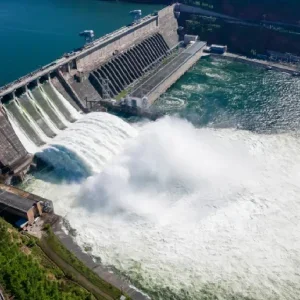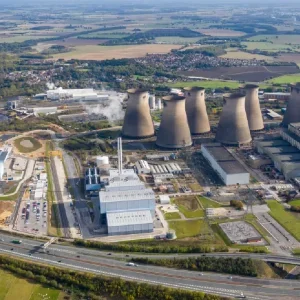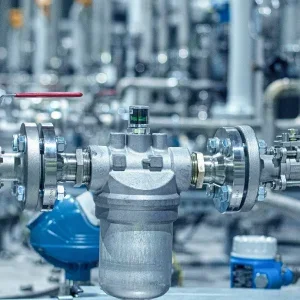Do you ever feel like you have too much to do? Do you have to meet unrealistic deadlines? Or perhaps a key project is behind schedule? If you can answer yes to any of these questions, then the chances are you’re not employing time compression techniques into your construction processes.
Basically defined as the removal of wasted time, time compression is not a new concept. In the 16th century the Venice Assenalotti compressed cycle times for the production of war galleys to a single day. Spitfire production during the the Second World War was also compressed to a single day.
Generically, time compression has been shown to deliver a range of benefits in areas including revenues, inventories, delivery lead times and return on assets. These range from 35% to 75%. However, few applications exist within the construction sector, especially in relation to the early stages of briefing and design. These stages are of paramount importance because of the resultant ramifications on the total cycle time of the construction project, in the form of changes, re-work and waste. As a result, the UK’s Department of the Environment, Transport and Regions – now the Department of Transport, Local Government and Regions (DTLR) – initiated a project to analyse where waste, in the form of time, exists in the briefing and design stages.
Utilising time
The project was originally instigated by Taylor Woodrow Construction, partnered with the Logistics Systems Dynamics Group at Cardiff University, which has conducted significant generic research on time compression. The aim of the project was to develop a method for reducing total time on a project and hence to reduce risk. The project attempted to integrate and relate a number of improvement technologies, including lean construction, supply chain management and agility.
The project was undertaken using the construction of a UK hospital as its case study. However, the project’s methodology can be made applicable to the construction of hydro power projects. The methodology follows seven main stages: identify team contacts; preliminary presentations; data collection; analyse findings; workshop; summation of findings into a time compression model; and implementation and dissemination.
During the project, data was collected from all the main participants and identified 120 different concerns, problems or opportunities. Through analysis, these were reduced to 12, verified at a workshop and ranked and analysed by using cause and effect diagrams. The latter were subsequently analysed and process models produced for briefing and for design.
Workshop members estimated percentage time improvements if each of the 12 was performed optimally for a project and for their own organisation. These ranged from 29% for better understanding and communication of the briefing process for the project, to 5% for the co-location of the project team.
After the project was completed, various scenarios were checked. One of these was to review the effect on the return on capital employed and the internal rate of return if the overall time for the project could be reduced by 10%. The impact was significant – internal rate of return increased by 8.66% and return on capital employed by 10.27%.
Time compression can show particular benefits in the briefing and design development of new projects. Taylor Woodrow sees it as being particularly applicable where there is active involvement in the early project phase.
Skanska’s experience
One company that adopts time compression techniques on its projects is Skanska of Sweden. The company has been involved in the construction of more than 450 hydro power projects during the last century. ‘We have extensive experience in these projects and always try to optimise construction and shorten the construction period,’ says Sture Idner. ‘Time compression is something we adopt automatically on all projects. A minimised project realisation period is beneficial for the client,with project revenue available as soon as possible, and for us as contractor, with less overhead and increased competitiveness.’
To shorten the project development period, Skanska is often involved in projects at a very early stage, even before construction drawings and bills of quantities have been developed. The construction has then been undertaken parallel to the production of drawings, ensuring substantial time savings for the client, says the company.
A close co-operation between the client, the contractor and the designer has been a prerequisite on projects, as well as complete confidence between the parties. According to Skanska, the input by the contractor to the project design has also contributed to decreasing the risks and cutting construction costs and time.
For example, in La Fortuna hydro power project in Panama, Skanska was awarded a contract to increase the height of the existing rockfill dam with concrete membrane by 38m. Instead of continuing the concrete membrane, the company proposed to apply a much thinner reinforced shotcrete membrane. This method did not require a rail track on top of the dam. The proposal was accepted, and the time and cost saving was considerable, says Skanska.
Related Articles
Spotlight on…Europe






